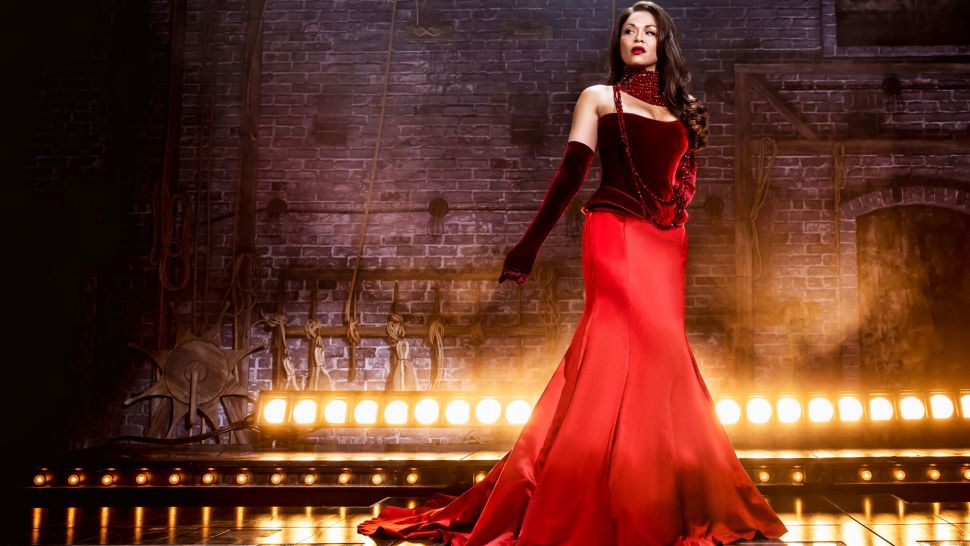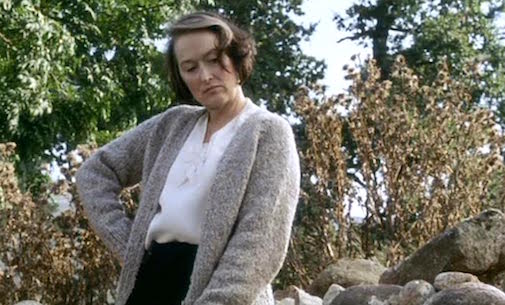Stage Door: "Teenage Dick" and "Boylesque Bullfight"
 Monday, July 16, 2018 at 9:17PM
Monday, July 16, 2018 at 9:17PM Stage Door is our intermittent theater column because there is more to live than cinema and also because cinema and the stage frequently interact...

Teenage Dick (Public Theater)
This very cheekily titled show -- so embarrassing to say or type! -- is actually Shakespearean. (What isn't when it comes to theater? We'd love playwrights and directors to leave Shakespeare behind for a few years and discover vast untapped realms, but they're all Bard addicts who perpetually need a fix.) If you're going to riff on the Bard, please have as much fun with it as Teenage Dick does! This comic interpretation of Richard III recast the disabled king as a teenager in hate with his boring high school and the jock star and Christian activist classmates he aims to take down via an upcoming student election...
 Adaptations,
Adaptations,  Company XIV,
Company XIV,  Ferdinand,
Ferdinand,  LGBT,
LGBT,  NYC,
NYC,  Reviews,
Reviews,  Richard III,
Richard III,  Shakespeare,
Shakespeare,  Stage Door,
Stage Door,  dance,
dance,  nudity,
nudity,  strippers
strippers 





